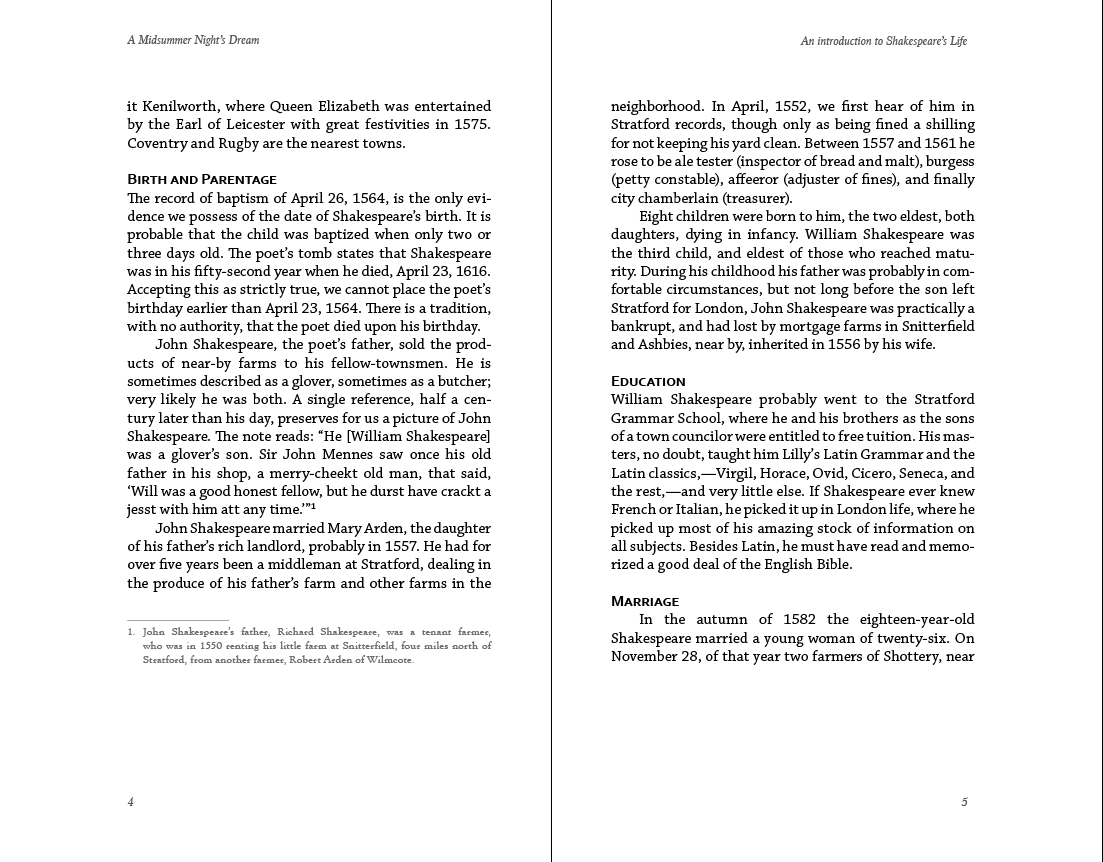

See the All Examples page for examples of in-text and reference list entries for specific resources such as articles, books and web pages.

New Encyclopaedia Britannica, 15th ed., s.v. stands for sub verso, 'under the word'):Ħ. When referring to a well-known alphabetically arranged work such as an encyclopaedia, cite the title, edition if not the first, then the letters s.v followed by the term or phrase consulted ( s.v. These entries are not listed in the bibliography. Marian Wilkinson, "Life After the Lodge," The Weekend Australian, July 30-31, 1994, Focus section.Ī citation to a scriptural work does not include page numbers and is usually confined to a text reference in brackets:ĥ. The name of the section should be included, if given:Ĥ. References to items in newspapers must include the date, month (often abbreviated) and year.

Do not include periods, parentheses, or slashes. Numbering of footnotes are 'superscript'-Arabic numbers typed slightly above the line of text. Oliver, "Lawson and Furphy," in The Literature of Australia, ed. Footnotes are numbered consecutively throughout a research paper, except for those notes accompanying special material (e.g., figures, tables, charts, etc.). or and others.Ĭhapter titles are enclosed in quotation marks and ed. 2 (February 2017): 93-101.įor works having more than three authors, a note citation should give the name of the first-listed author followed by et al. The presence of footnotes usually means youre reading an academic or scholarly work of nonfiction. Some footnotes cite the authors and titles of the sources the author consulted while researching and writing. Montoya, and François Peyron, "Lifelong Persistence of Toxoplasma Cysts: A Questionable Dogma?," Trends in Parasitology 33, no. A footnote is a short bit of extra information thats printed at the bottom of a books page. Merritt, "Variant Specific Epitopes of Giardia Lamblia", Molecular and Biochemical Parasitology 42, no. Where a work has two or three authors, their names are separated by and:ġ.


 0 kommentar(er)
0 kommentar(er)
